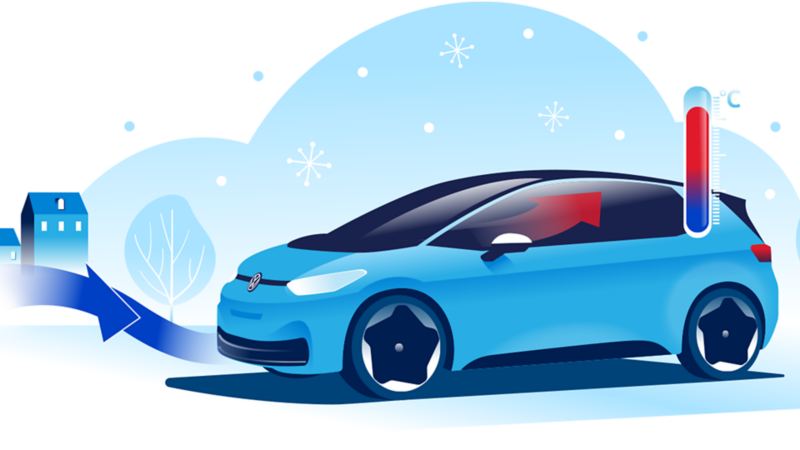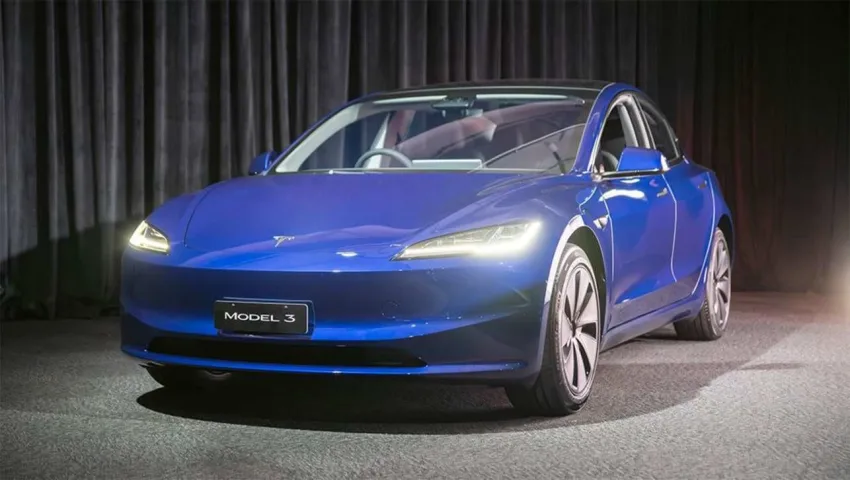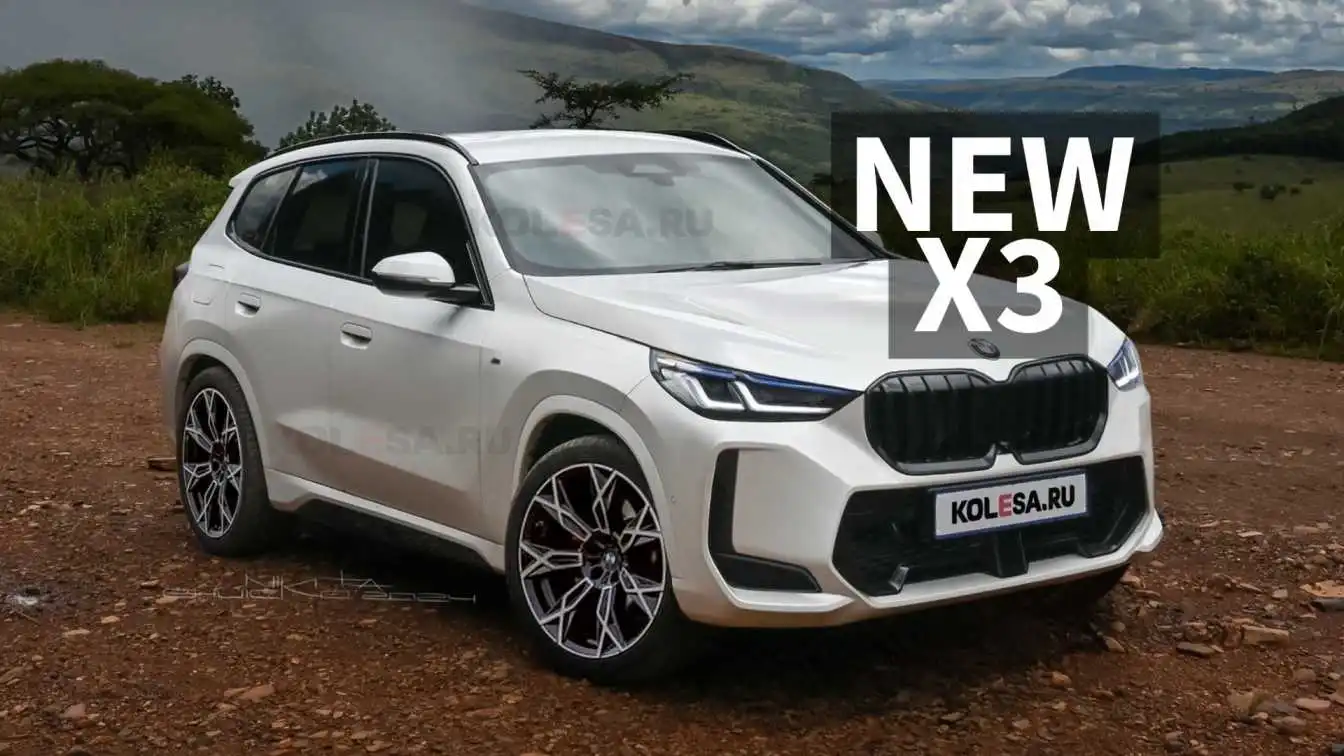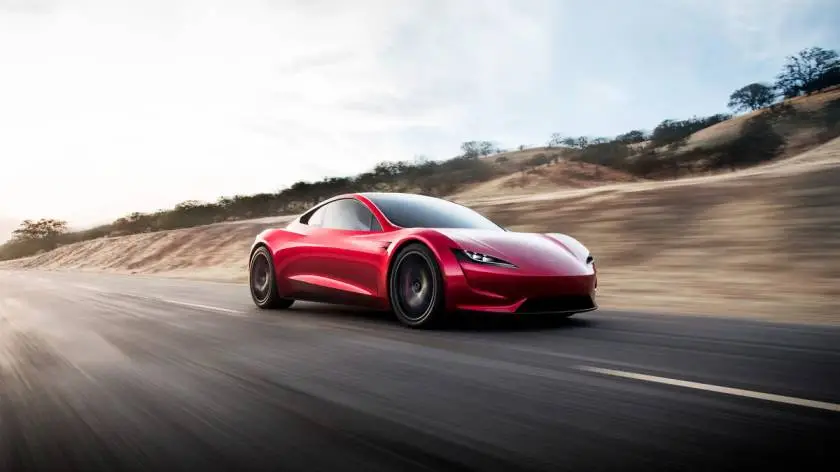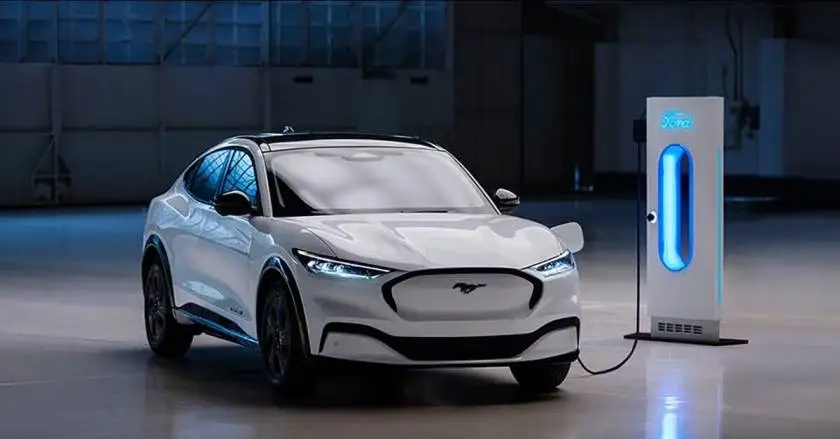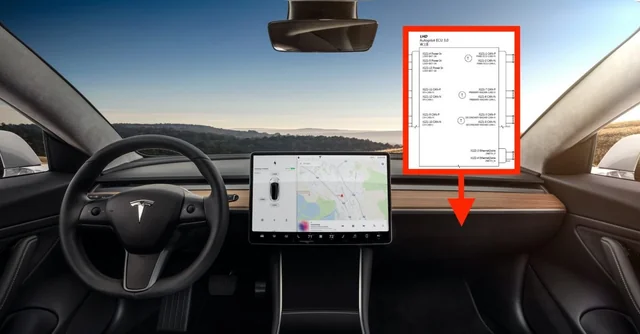Much of this new technology, such as regenerative braking, has only been available for a few years but is intended to improve the car's range. But there is one piece of equipment that is significantly assisting electric car owners - step forward the heat pump. Here, we explain how heat pump’s function, how they benefit your electric vehicle, and how much they cost as an optional accessory.
For what reason does an EV require an intensity siphon? What does an intensity siphon share practically speaking with a refrigerator? How an intensity siphon functions Does it build the scope of an EV? Does it expand the scope of an EV? Is an intensity siphon truly worth the additional expense? Are there some other advantages I ought to be aware of? Do warm siphons come as standard?
Electric vehicles have introduced another time of development, with brands consistently refreshing vehicles to highlight a wide range of present day innovation.
Why Does An EV Need a Heat Pump?
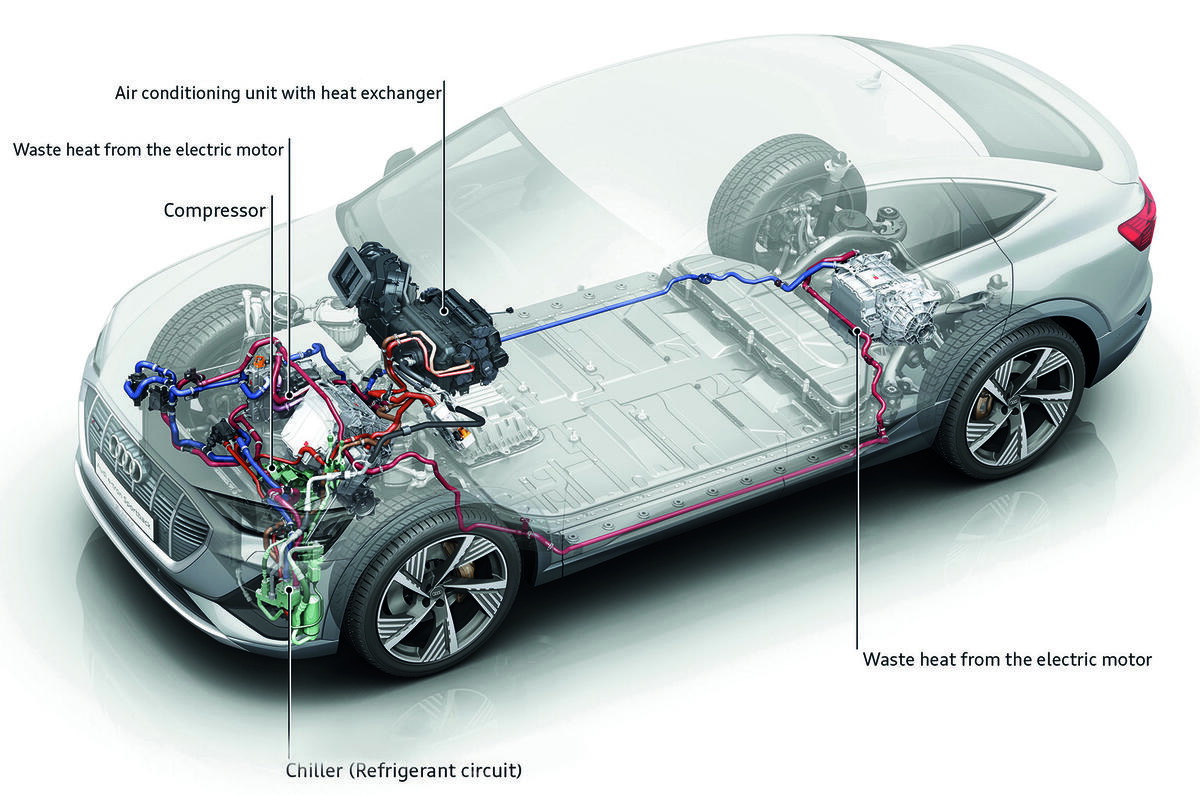
When a motor operates, whether for an electric or combustion engine, it produces heat. The heat energy produced is frequently lost, but in an effort to put it to good use, combustion engine vehicles employ a tiny amount of it to power the heating and ventilation systems.
Electric automobiles, on the other hand, provide a higher level of efficiency: while the motors and batteries generate extra heat, which might limit range, there isn't enough to power additional systems such as the heater. In the winter, EV drivers either go cold or are obliged to pull extra power from the battery to run a fan heater, which is not ideal.
What Does a Heat Pump Have in Common With a Fridge?
Consider a heat pump to be a refrigerator in reverse: its function is the inverse of the one found in your kitchen. A refrigerator contains refrigerant gas, which heats up when compressed. After compression, the gas is sent through a number of tubes to the condenser.
The heat is subsequently radiated out by the condenser, cooling the refrigerant gas, which goes into the evaporator. Because the evaporator is greater than the condenser, the pressure reduces and the liquid refrigerant evaporates. The temperature then lowers, and the refrigerator is cooled.
How a Heat Pump Works?
In an EV, the heat pump pulls in air from the outside and compresses it before using the heat from the condenser to raise the temperature in either the battery or the interior of the vehicle.
Reversible heat pumps can be used to both warm and cool the batteries. If cooling is required, any extra heat from the batteries can be transported inside via the cabin heater.
Does It Increase the Range of an EV?
Adding a heat pump has a variety of advantages, the most important of which is its capacity to extend the range of your electric vehicle, especially during the winter. When an EV is switched on in a cooler location, the battery takes longer to warm up, reducing efficiency.
Lithium-ion batteries in electric vehicles rely on chemical reactions to store and generate electricity; cold weather inhibits these reactions, resulting in a decrease in performance and range.

Even before accounting for the additional energy used for cabin heating, it is predicted that EVs' range decreases by roughly 10% in the cold. Heat pumps can significantly help lessen such drop-off.
Is a Heat Pump Really Worth the Extra Cost?
If our winter real-world range test is any indication, you'll want to install a heat pump to your new electric vehicle. Electric vehicles equipped with a heat pump fell short of their declared range by an average of 25.4 percent, while those without experienced a 33.6 percent loss. Cars with heat pumps were also more efficient, averaging 3.2 miles/kWh, compared to 2.9 miles/kWh for those without.
So, is a heat pump worth it? In a word, yes. heat pumps are an excellent option for all types of buildings, and when properly designed and installed, a heat pump system can quickly provide a return on investment.
Are There Any Other Benefits I Should Know About?
While a heat pump’s primary role is to boost range, most are programmed to be remotely controlled by your smartphone, allowing EV owners to heat their car before they set off on a journey. And if you’re plugged into the mains electricity, you won't drain the battery either. Do heat pumps come as standard?And if you’re plugged into the mains electricity, you won't drain the battery either.
Even if they are an expensive alternative, heat pumps are worth considering since they have numerous advantages, including improved efficiency and increased range for your EV. Whether you're considering switching to an EV or ordering a new set of zero-emission wheels, we recommend adding a heat pump for peace of mind.

Advanced Driver Assistance System (Adas)
And if you’re plugged into the mains electricity, you won't drain the battery either. Advanced driver assistance technologies are currently in use, opening up new options and paving the road for increased autonomy. These solutions are available in a variety of levels and not only give EV drivers with greater convenience and comfort on the road, but also make their vehicles safer by allowing the car to keep an eye on the road at the same time.
Frequently Asked Questions!
What is essential for electric cars?
Of the multitude of minerals in an electric vehicle battery, lithium, cobalt and nickel will generally be the hardest to source - with deficiencies expected in the following couple of years as the interest for electric vehicles develops. Lithium is a typical component and there's no deficiency of lithium mineral, which is generally tracked down in South America and Australia.
Is there enough lithium for all electric cars?
While the world has sufficient lithium to control the electric vehicle transformation, it's less an issue of amount, and more an issue of openness. Earth has roughly 88 million tons of lithium, yet only one-quarter is monetarily feasible to mine as stores.
What technology is used in electric vehicles?
Electric Vehicles utilizing BEV innovation run completely on a battery-fueled electric drivetrain. The power used to drive the vehicle is put away in an enormous battery pack which can be charged by connecting to the power framework.


